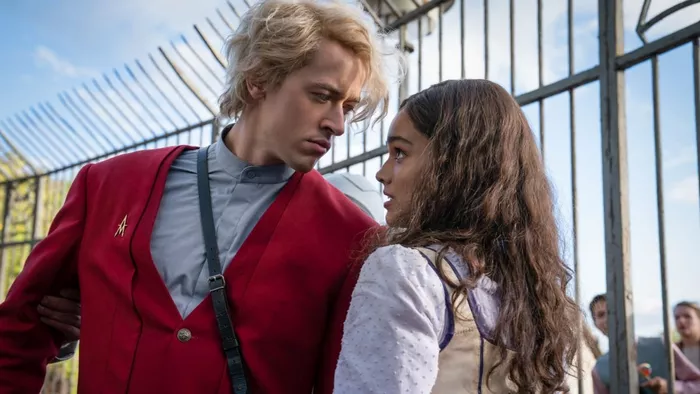The Hunger Games franchise has long captivated audiences with its dystopian world, intricate characters, and thought-provoking themes. With the announcement of a new movie adaptation based on “The Ballad of Songbirds and Snakes,” fans have been eagerly awaiting a fresh take on the Hunger Games universe. However, as excitement mounts, a pressing dilemma looms—the ending. “The Ballad of Songbirds and Snakes” offers a conclusion that is far from straightforward, potentially jeopardizing the film’s ability to satisfy both die-hard fans and newcomers alike.
The Open-Ended Nature of the Book’s Conclusion
One of the factors contributing to the ending dilemma is the inherent ambiguity in “The Ballad of Songbirds and Snakes.” Suzanne Collins, the series’ creator, deliberately leaves certain aspects of the story open-ended. While this approach adds depth and complexity to the narrative, it also leaves room for interpretation. In the book, the fate of Lucy Gray Baird, the enigmatic protagonist, remains shrouded in uncertainty. This ambiguity invites readers to contemplate and speculate about her ultimate destiny, a hallmark of Collins’ storytelling.
Coriolanus Snow’s Ascension to Power: A Clear Path
Contrasting with the ambiguity surrounding Lucy Gray’s fate, the book provides a clear and compelling narrative arc for Coriolanus Snow. As fans of the Hunger Games series know, Coriolanus Snow eventually becomes the tyrannical President Snow, a central antagonist in the original trilogy. “The Ballad of Songbirds and Snakes” delves into his backstory, depicting his early years as a mentor to Lucy Gray and his pursuit of power. This part of the story offers a sense of closure and continuity, providing insights into how Snow’s character transforms into the ruthless figure we encounter later in the series.
Maintaining Ambiguity: A Risky Move
Adapting the book’s ending to the big screen poses a challenge. While some fans may appreciate the enigmatic conclusion as a faithful representation of the source material, it risks alienating those who desire a more concrete resolution. Keeping Lucy Gray Baird’s fate open-ended in the movie could leave audiences with unanswered questions, potentially leading to frustration and disappointment. This is a delicate balancing act that the filmmakers must navigate carefully to preserve the essence of the story while delivering a satisfying cinematic experience.
The Possibility of a Sequel: Lucy Gray’s Perspective
One option to address the ending dilemma could be to leave Lucy Gray Baird’s fate unresolved in the movie, just as it is in the book. This would maintain the ambiguity that characterizes the Hunger Games franchise and leave room for speculation and discussion among fans. Moreover, it could potentially set the stage for a sequel, exploring Lucy Gray’s perspective further and providing closure to her story. However, this path may come with its own set of challenges, as there is currently no follow-up book to “The Ballad of Songbirds and Snakes.”
Conclusion: The Delicate Balancing Act
In the world of cinematic adaptations, striking the right balance between faithfulness to the source material and delivering a satisfying conclusion is a formidable challenge. “The Ballad of Songbirds and Snakes” presents a unique dilemma with its open-ended conclusion, especially when considering the expectations of Hunger Games fans. While some may embrace the ambiguity as a hallmark of the series, others may yearn for more closure. The fate of Lucy Gray Baird remains uncertain, leaving filmmakers with a complex decision that will shape the legacy of this eagerly anticipated Hunger Games movie. How they navigate this dilemma will determine whether “The Ballad of Songbirds and Snakes” can stand alongside its predecessors as a worthy addition to the franchise.

